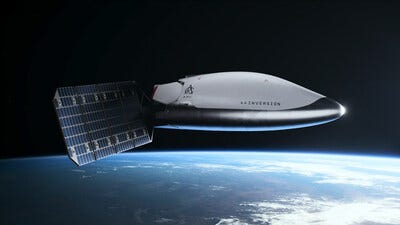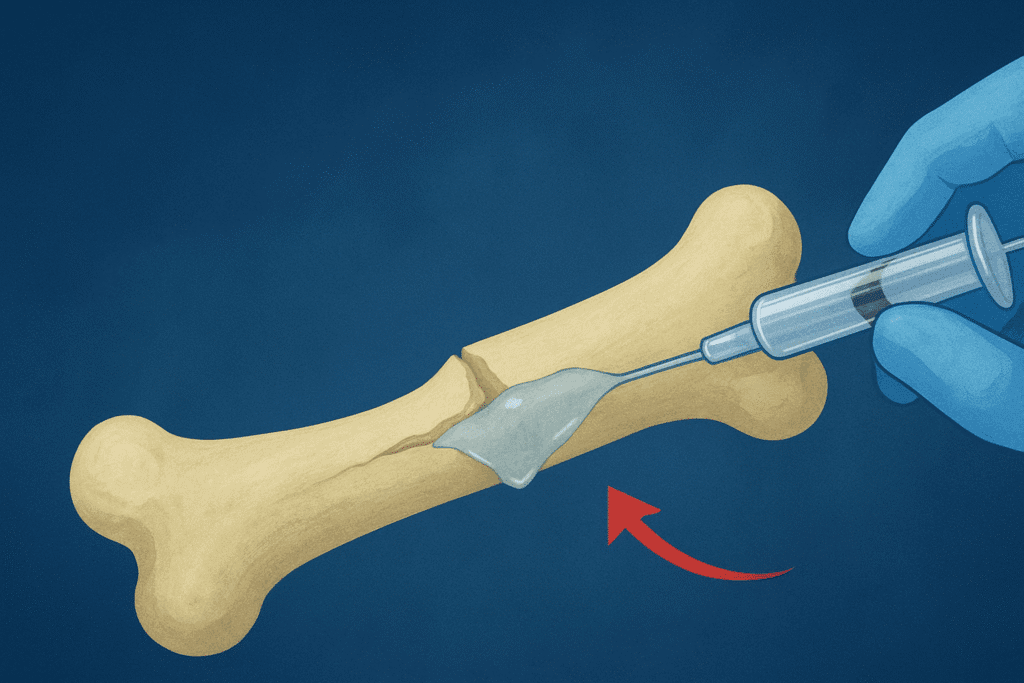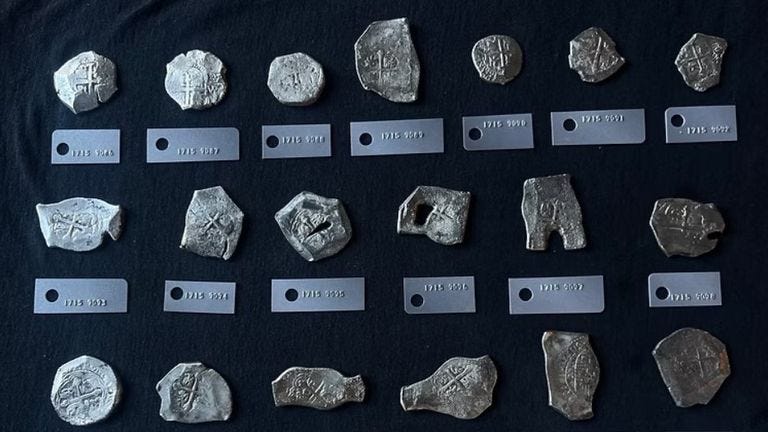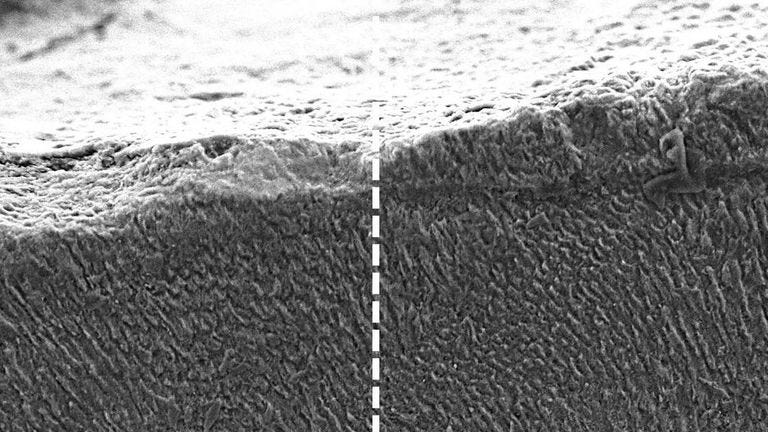Weekly Spark Of Peculiar #32
Keratin Teeth, Chinese Oyster Glue, Mad Facts, AI Sewers & More!
October 5th 2025
Hello people, we apologise for taking a break, we should’ve really said something. we are are back now, better than ever with the 32nd release. we’ve also decided and thought it was time for a change so, we have revamped the name of the letter. Hope you like it better. Do not worry, we will still be providing you with a run down of the worlds most wild and special news!
Now, I hope everyone is doing well and battling through them odd times and that you’ve smashed the week! ]
Let’s get into this.
01. 1. AI-“Smart Sewers” That Fight Pollution in Real Time
Yeah, so AI is breaching every portion of the world now! In northeast England, Northumbrian Water is trialling a network of ultrasonic sensors + AI to monitor sewage flow and prevent overflows before they pollute rivers.
By predicting spikes and managing flow proactively, the system avoided dozens of pollution events already. It’s infrastructure acting like a nervous system, reactive and predictive. Now this matetrs because as climate change intensifies storms, sewage systems designed for old norms will fail. Adaptive systems like this may be essential to future cities.
02. Arc
Startup Inversion Space just unveiled Arc, a reusable capsule designed to deliver cargo from orbit to Earth in under an hour. The World’s First Space-Based Delivery Vehicle. Instead of relying on rockets or aircraft, Arc vehicles will float in low Earth orbit, waiting to be dispatched. When called, they’ll re-enter the atmosphere, glide to their destination, and land within about 50 feet of target.
Each craft can carry up to 500 lbs, think medical supplies, defense payloads, or experimental materials dropped anywhere on the planet. It’s a bold step toward “space logistics”, treating orbit as the next global highway.
First launch is planned for 2026.
This could make rapid, global delivery possible from space. Once this gets going your amazon parcels will be coming from up above.
03. Oyster-Inspired “Bone Glue”
This has gotta be the maddest news to come out. Chinese researchers have developed a bio-adhesive named Bone-02, modeled after how oysters cling in wet, turbulent environments. In clinical and lab tests, this glue can mend broken bones in 2–3 minutes, even in blood-rich areas where traditional adhesives fail.
Bone-02 bonds bone fragments with over 400 lbs of force and exhibits strong compressive and shear strength, all while being biodegradable, removing the need for metal plates or screws and a second surgery for implant removal.
Because it sets fast in challenging environments, it could reduce surgery times, lower infection risk, and simplify recovery. If clinical trials continue to deliver, this could reshape how we treat complex fractures.
Less hardware, more biology, and more speed.
Quizzz
Q1: What is the distinguishing feature on a manx cat?
A1: It has no tail
Q2: What is the national animal of India?
A2: The Tiger
Q3: How many humps does a Bactrian camel have?
A3: Two
Q4: Which birds are often called ‘sea parrots’?
A4: Puffins
04. Lost Spanish Treasure Unearthed off Florida’s Coast
Divers from salvage firm 1715 Fleet – Queens Jewels, LLC have recovered over 1,000 gold and silver coins off the Florida “Treasure Coast,” estimating the haul to be worth around $1 million. These coins are believed to be from the ill-fated 1715 Spanish treasure fleet, which was carrying wealth from colonies in Bolivia, Mexico, and Peru back to Spain when a hurricane wrecked the ships in July 1715.
Now what makes this discovery stand out is that some of the coins still bear visible dates and mint marks, offering historians fresh clues about where and when they were minted.
Under Florida law, historic treasures found in state waters belong to the state, though licensed recovery teams often get permission to retrieve them, with about 20% of artifacts reserved for public display or research.
05. Hair-Based Toothpaste That Repairs Enamel (Seriously)
Researchers at King’s College London have developed a keratin-based treatment, derived from hair (wool, technically), that can repair tooth enamel naturally.
Unlike bone or skin, enamel doesn’t regenerate once damaged. But when keratin is applied to a tooth’s surface and comes into contact with minerals in saliva, it forms a crystal-like scaffold that mimics natural enamel. That scaffold attracts calcium and phosphate ions, slowly rebuilding the protective layer. In lab tests, this keratin coating not only stops enamel decay (something fluoride can only slow) but also seals exposed nerve channels, which can reduce sensitivity.
The beauty of it? It’s biodegradable, sourced from biological waste, and could be delivered via toothpaste or as a dentist-applied gel. If all goes well, we might see versions of it in clinics and stores in 2–3 years.
This could shift dentistry from patching damage to restoring structure. Imagine brushing your teeth and slowly regrowing enamel. Not just preserving what’s left.
Fire Facts
1. The Most Common Element To Create Nuclear Energy Is Uranium.
2. The United States Is the Country With The Most Tornadoes In The Whole World.
3. Sharks Have Zero Bones.
4. There Is Only One Rock That Floats, It’s Name Is Pomice
Unlock The Peculiar! UNLOCK BY REFERRING EXTREMELY PECULIAR
Love Extremely Peculiar? Help it grow and unlock exclusive digital rewards while you’re at it.
Here’s what you get when you refer your curious friends:
🔓 1 Referral → The Vault
100 strange, mind-bending facts from the edge of reality.
From exploding ants to haunted AI — it’s all real.
🌍 2 Referrals → The Peculiar Atlas
15 real locations that shouldn’t exist, illustrated and mapped.
Explore forgotten islands, burning craters, and underwater temples.
🧠 3 Referrals → The Curiosity Kit
Strange games, quizzes, cards, and tools.
A digital bundle built to mess with your sense of what’s possible.
THANK YOU!





